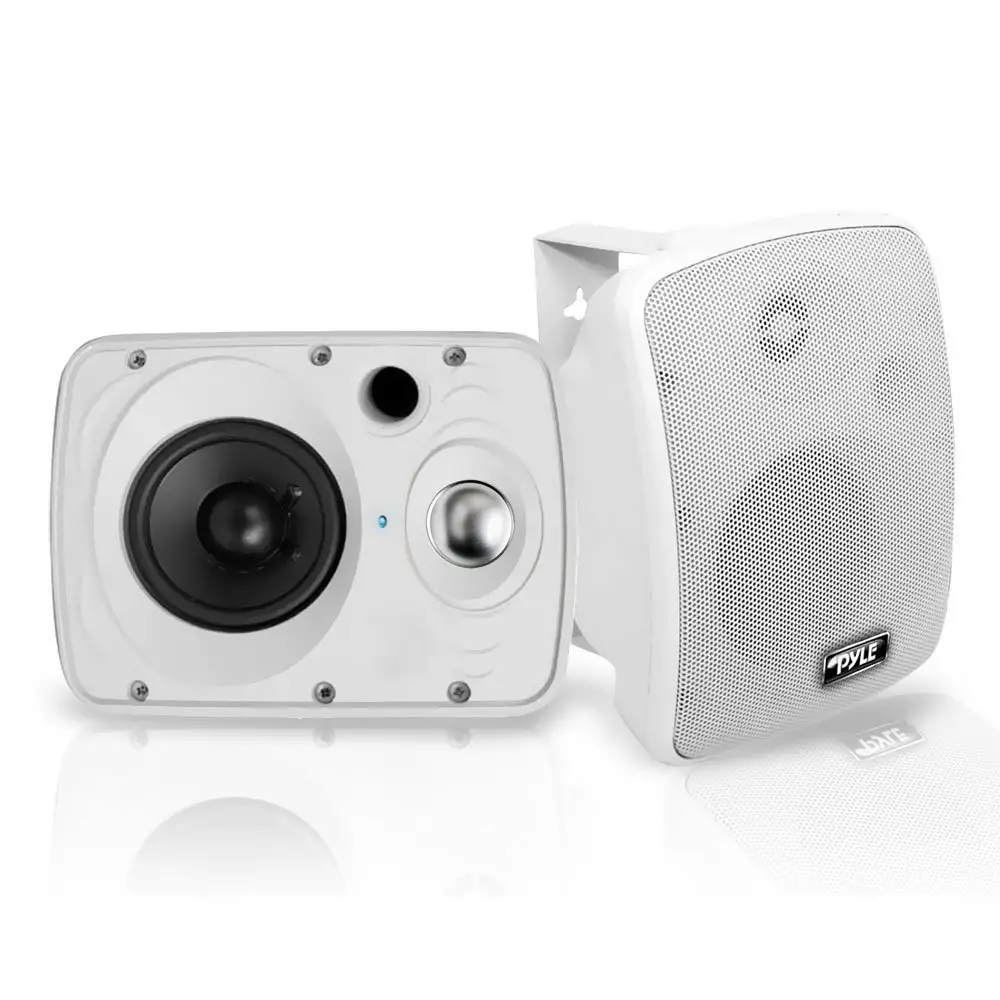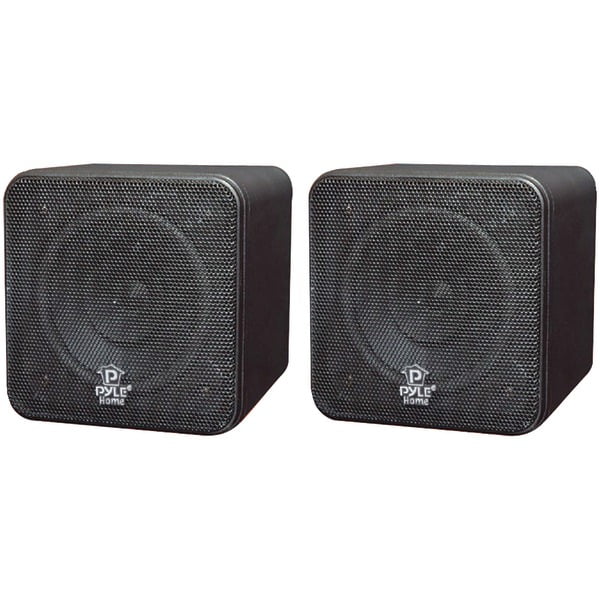
While these studies show that listeners are able to infer speakers’ uncertainty from the sound of their voice 13, 14, 16, 19, 20, the precise perceptual representations used by listeners to perform these judgments remain unclear. Acoustic analyses of these recordings typically reveal that speakers’ uncertainty is associated with decreased volume and rising intonation 9, 13, 14, 18, and to a lesser extent higher 14 (yet also sometimes lower 16) mean pitch as well as slower 13, 14, 16, 19 (yet also sometimes faster 18) speech rate. In a second phase, acoustic analysis of these recordings is performed, and listeners are asked to recover the degree of certainty expressed by the speakers. First, encoders (trained actors 14, 17 or speakers in a semi-naturalistic setting 13, 16) are recorded while expressing utterances with various levels of certainty. Research in this field typically involves elicitation procedures comprising two phases 9, 13, 14, 16. Yet, the highly adaptive function of epistemic vigilance 1, 6 and the fact that even young children filter information from unreliable informants 5 suggest that simpler, low-level mechanisms may have evolved to enable the fast and automatic detection of unreliability in social partners, across languages and cultures.Ĭonsequently, other streams of research have focused on paralinguistic markers and provided some evidence that listeners can infer speakers’ levels of certainty from the insertion of pauses (i.e., hesitations) or fillers (e.g., “huum”), dedicated gestures (i.e., flipping palms or shrugging), and specific prosodic signatures 9, 13, 14, 15.

Optimally sharing certainty in such explicit ways is costly however, since partners need to calibrate the way they communicate their confidence to one another 10, converge on shared linguistic expressions through effortful processes involving conversational alignment and cultural learning 8, 11, and rely on analytical (or system 2) thinking 1, 6, 12. These linguistic markers may consist in dedicated expressions such as “I don’t know” 8 or rely on more indirect systems of evidentials whereby speakers point towards the source of their knowledge 7, or on socio-pragmatic means 7, 9. Natural languages typically possess specific markers allowing speakers to explicitly and deliberately communicate their level of certainty 7, 8, 9. Yet, there is still much to explore about the perceptual, cognitive, and metacognitive mechanisms that support the detection of certainty and honesty in social partners. Such mechanisms would enable cumulative culture to materialize and persist in humans, because they ensure that unreliable information does not spread easily 1, 6, and enable groups to cooperate efficiently by weighting individuals’ contributions depending on their degree of certainty 4.

It has been argued that humans possess dedicated mechanisms of epistemic vigilance, allowing them to detect when a person should not be trusted 1. When making collective decisions, exchanging information, or learning from others, it is therefore crucial to evaluate both the certainty that social partners have in the information they are providing (i.e., how much they believe the information they possess to be true) and how honest they are (i.e., whether they are actually communicating the information they believe to be true) 1, 4, 5. Peers are not always reliable, either because they possess erroneous beliefs, are not willing to share their knowledge, or even intentionally try to deceive others 1, 2, 3. These findings shed light on a unique auditory adaptation that enables human listeners to quickly detect and react to unreliability during linguistic interactions. Finally, we show that listeners extract this prosodic signature automatically, and that this impacts the way they memorize spoken words. We find that these two kinds of judgments rely on a common prosodic signature that is perceived independently from individuals’ conceptual knowledge and native language. Using a data-driven method, we separately decode the prosodic features driving listeners’ perceptions of a speaker’s certainty and honesty across pitch, duration and loudness.

Here we show that listeners’ perceptions of the certainty and honesty of other speakers from their speech are based on a common prosodic signature. Yet, how such epistemic vigilance is achieved from naturalistic sensory inputs remains unclear. The success of human cooperation crucially depends on mechanisms enabling individuals to detect unreliability in their conspecifics.


 0 kommentar(er)
0 kommentar(er)
